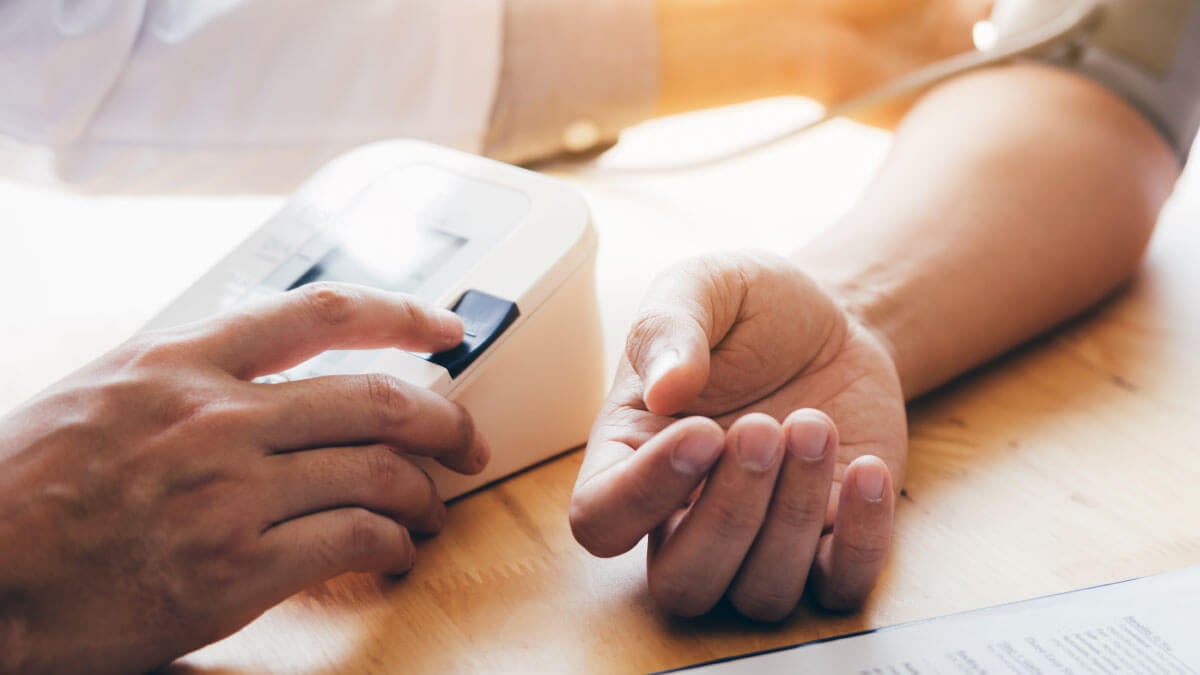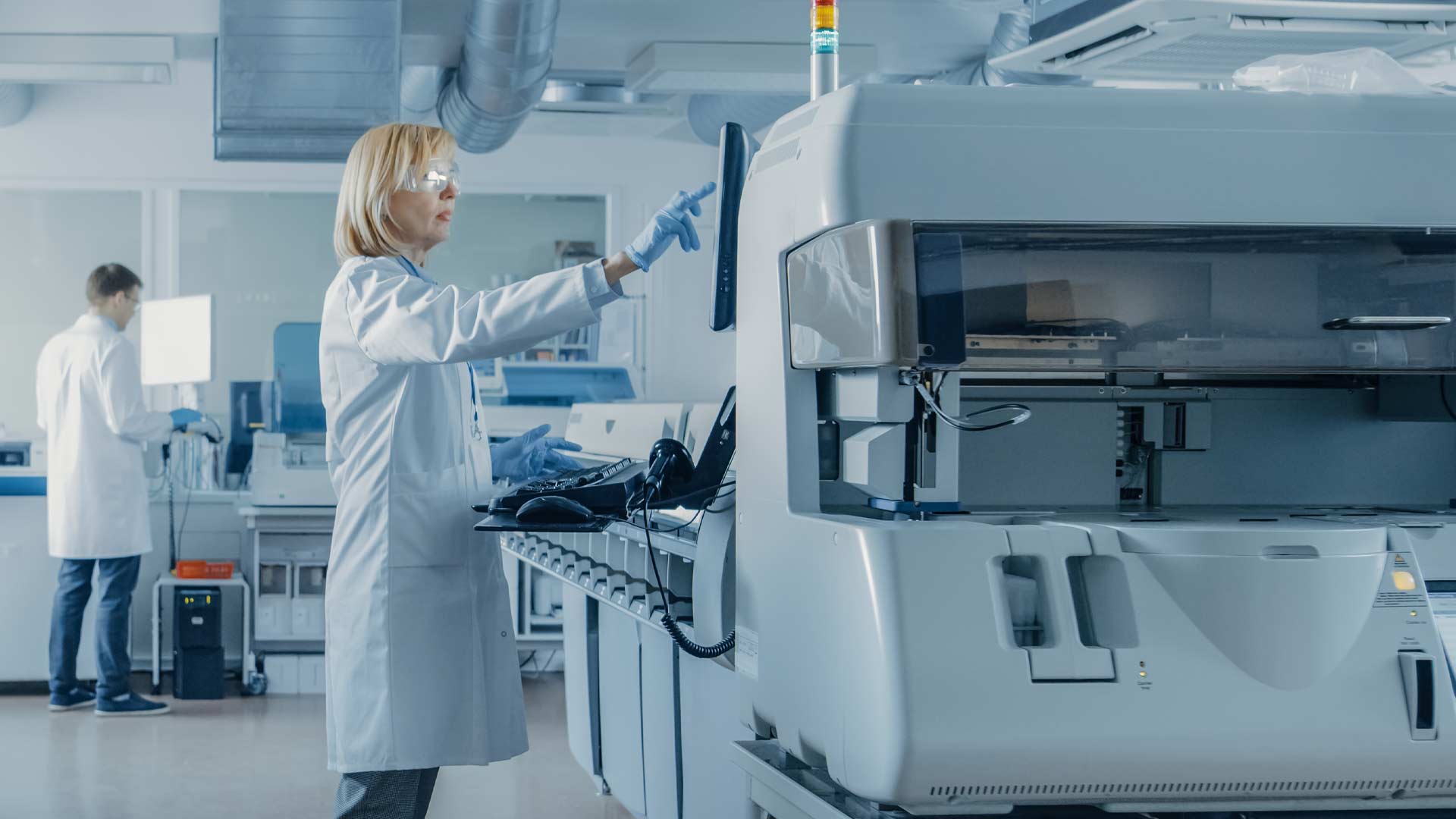
In the ever-evolving world of healthcare, Laboratory Developed Tests (LDTs) have emerged as critical tools for diagnosing a wide array of medical conditions. These tests, created and used by individual laboratories, are instrumental in everything from routine diagnostics to highly specialized tests like genetic or oncology screenings. However, with the increasing complexity and use of LDTs, regulatory oversight—specifically from the U.S. Food and Drug Administration (FDA)—has become a topic of importance.
This article will explore the FDA's role in overseeing LDTs, the difference between LDTs and in vitro diagnostic medical devices (IVDs), and how laboratories can prepare for changing regulations to ensure compliance and patient safety.
What are Laboratory Developed Tests (LDTs)?
Before diving into the FDA's role, it's essential to understand what LDTs are. LDTs are diagnostic tests designed, manufactured, and used within a single clinical laboratory. Historically, these tests were simpler and designed to address unmet needs when commercial tests were unavailable. For example, a hospital lab might develop an LDT to diagnose a rare disease that no commercial test could detect.
Today, LDTs are much more sophisticated and are being used in high-stakes medical situations, such as genetic testing, oncology diagnostics, and personalized medicine. This increased complexity has raised concerns about whether existing regulatory frameworks—such as those outlined by the FDA and Clinical Laboratory Improvement Amendments (CLIA)—are sufficient to ensure patient safety and test accuracy.
How does the FDA regulate LDTs?
The FDA regulates medical devices under the Federal Food, Drug, and Cosmetic Act (FDCA), which includes most in vitro diagnostic products (IVDs) used to detect diseases from tissue or blood samples. Since LDTs fall under the category of IVDs, the FDA has the authority to regulate them as medical devices.
However, the agency has historically exercised “enforcement discretion” when it comes to LDTs, meaning it has not actively enforced regulatory requirements for these tests, except in certain cases where patient safety was at risk.
The FDA's oversight of LDTs has been a topic of debate for decades. Initially, LDTs were simpler tests with limited use, and the FDA chose not to regulate them strictly, focusing instead on more widely distributed diagnostic products. However, since then, the regulatory and medical device landscape has changed dramatically.
Today, many LDTs are as complex as IVDs and are used for critical diagnostic decisions, including cancer treatment and prenatal genetic screening. This shift has led to increased scrutiny of the FDA’s historical stance and calls for more comprehensive regulatory oversight.
Recommended learning: Get your hands on our complete guide to IVDR compliance and ensure your lab stays ahead of regulatory requirements with expert tips.
FDA’s shifting approach toward LDT regulation
In response to growing concerns, the FDA has taken steps to bring LDTs under a more formal regulatory structure. In 2014, the agency issued draft guidance to bring LDTs under the same pre-market review, quality system, and post-market surveillance standards as other IVDs. However, this proposal faced pushback from various stakeholders, including laboratories and the medical community, and the FDA withdrew the guidance in 2016.
Recently, the FDA has signaled its intentions to revisit LDT regulation, recognizing that modern LDTs present greater risks to patients if they are inaccurate or unreliable. The Verifying Accurate, Leading-edge IVCT Development (VALID) Act, which has been proposed in Congress, aims to create a new regulatory framework specifically for LDTs and IVDs. Similarly, enforcement discretion will be phased out for most LTDs within a four-year period. The goal is to ensure that both types of tests meet high standards for safety, accuracy, and clinical validity before they are used in patient care.
Differences between LDTs and In Vitro Diagnostic Products (IVDs)
One of the most critical distinctions in the regulatory landscape is the difference between Laboratory Developed Tests (LDTs) and in vitro diagnostic products (IVDs). While both are diagnostic tools, they differ in terms of development, usage, and regulatory pathways.
LDTs are created and used within a single clinical laboratory. They are not typically sold or distributed to other labs, meaning that the lab that develops the test is also the one responsible for its use. Initially, LDTs were simpler tests, such as those used to diagnose rare diseases where no commercial alternatives were available. However, modern LDTs are now being used for highly specialized and complex conditions, including genetic testing, cancer diagnostics, and personalized medicine.
IVDs, on the other hand, are diagnostic tests developed by manufacturers and distributed to multiple laboratories or healthcare facilities. These tests include rigorous pre-market approval (PMA) or clearance through the 510(k) process. IVD manufacturers must demonstrate that their tests are safe, effective, and perform as intended before they can be marketed and used in clinical settings.
While LDTs and IVDs serve similar diagnostic purposes, their regulatory pathways differ significantly. The FDA’s shift toward regulating LDTs aims to close this gap and ensure that all diagnostic tests meet consistent safety and efficacy standards.

CLIA certification and its relationship to LDTs
The Clinical Laboratory Improvement Amendments (CLIA), enacted in 1988, establish quality standards for clinical laboratories to ensure the accuracy and reliability of diagnostic testing. Under CLIA, laboratories must meet specific requirements related to personnel qualifications, quality control procedures, and test validation.
While CLIA certification is essential for any laboratory performing diagnostic tests, it does not regulate the safety or efficacy of the tests themselves. This is where FDA oversight comes into play. CLIA focuses on the lab’s operational standards but does not scrutinize whether a specific test is clinically valid or safe for patient use. This distinction is critical because even a CLIA-certified lab could potentially develop and use an LDT that has not been rigorously validated for accuracy or clinical utility.
For LDTs, CLIA requires that laboratories establish performance characteristics such as accuracy, precision, and specificity before offering the test to patients. However, these requirements are not as stringent as the FDA's pre-market approval process for IVDs. As a result, there is a growing recognition that both CLIA certification and FDA regulation are necessary to ensure that LDTs are safe, effective, and meet high clinical standards.
Why are FDA regulations important for LDTs?
The increasing complexity and critical nature of many LDTs, particularly in areas like genetic testing and precision medicine, underscore the need for robust regulatory oversight. Without FDA regulation, there is a risk that poorly validated or inaccurate LDTs could lead to misdiagnoses, inappropriate treatments, or delayed care, potentially harming patients.
By bringing LDTs under the FDA’s regulatory umbrella, the agency aims to ensure that these tests meet rigorous standards for safety, accuracy, and clinical validity. This approach aligns with the FDA’s existing framework for medical device regulations and helps protect patients from unsafe or ineffective diagnostic tools.
The FDA's oversight of LDTs is also essential for fostering public trust in diagnostic testing. With the rapid advancement of technologies like next-generation sequencing (NGS) and artificial intelligence (AI), the number of LDTs on the market is growing, and the stakes for patients are higher than ever. The FDA’s involvement ensures that these tests are subject to the same rigorous scrutiny as other medical devices, providing confidence to both clinicians and patients that the tests they rely on are accurate and reliable.
Scilife tips: How to prepare for the future of LDT regulation
As the FDA moves toward greater oversight of LDTs, laboratories, and healthcare providers must be proactive in preparing for regulatory changes. Here are some key steps to ensure compliance and readiness for the evolving landscape:

Stay informed about regulatory updates:
Monitor FDA announcements, policy updates, and congressional actions like the VALID Act. Understanding the direction of regulatory changes will help labs stay ahead of new requirements.
Ensure CLIA certification:
While CLIA is not a substitute for FDA oversight, it remains essential for operating a diagnostic laboratory. Ensure that your lab meets all CLIA standards, including those related to personnel, quality control, and test validation.
Develop thorough validation protocols:
Even in the absence of formal FDA regulation, labs should establish robust internal validation procedures for their LDTs. This includes demonstrating accuracy, reliability, and clinical utility to ensure that the tests provide meaningful results for patients.
Consult with regulatory experts:
Engage with professionals who specialize in FDA compliance to navigate the complexities of LDT regulation. This can be particularly important for labs offering high-risk tests, such as those used in oncology or genetic diagnostics.
Prepare for FDA submissions:
If new regulations require LDTs to go through FDA pre-market approval or clearance, laboratories should be prepared to submit data on test validation, performance, and clinical utility. This may require additional resources and expertise, so early preparation is key.
Conclusion
As the landscape for FDA laboratory-developed tests (LDTs) continues to evolve, regulatory oversight is becoming increasingly important for ensuring patient safety and maintaining the reliability of diagnostic tools. While CLIA certification ensures that laboratories meet high standards for operational quality, the FDA’s role in regulating the tests themselves is essential for ensuring that LDTs are accurate, effective, and clinically valid.
The future of LDT regulation will bring more stringent requirements, but these changes are necessary to protect patients and ensure that diagnostic testing keeps pace with advances in medical science. By staying informed, validating their tests rigorously, and preparing for potential FDA oversight, clinical laboratories can continue to offer cutting-edge diagnostic tools while ensuring compliance with regulatory standards.






